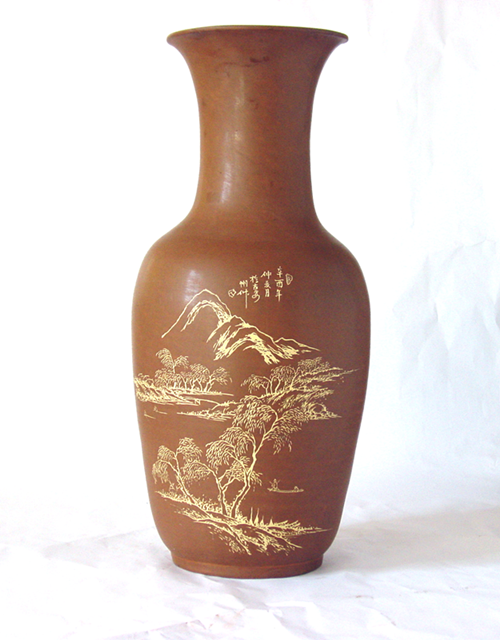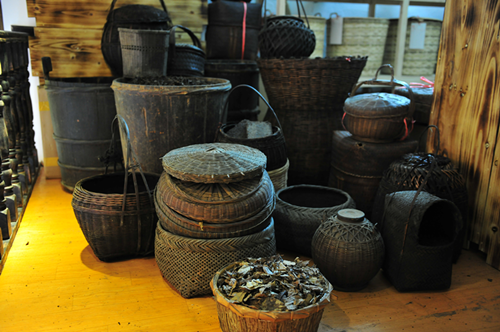National Culture Heritages in Guangxi (craft)
Wooden Building Construction Technique of Dong nationality
The construction techniques of the Dong's wooden structure are widely spread in Sanjiang Dong autonomous county, Guangxi Zhuang autonomous region. The wooden buildings of the Dong nationality are represented by wind and rain bridges, as well as gulou or drum towers, including stilt house (Diaojiao House), village gates, well pavilions, and stages. These buildings are not only beautiful in appearance, but also exhibit exquisite craftsmanship. The whole building is built by a mortise and tenon joint structure without a nail.
The various patterns and the paintings on the buildings reflect the Dong people's hopes for good weather, wishes for a good harvest, and their pursuit of aesthetics, which are concentrated expressions of the cultural characteristics of the Dong people.
On May 20, 2006, the Dong people's wooden construction techniques were approved by the State Council to be listed as a national intangible cultural heritage.

Wooden buildings built by the Dong. [Photo/gxfybhw.cn]
Nixing Pottery Firing Technology
Qinzhou Nixing pottery is one of the four most famous pottery styles in China and one of Guangxi Zhuang autonomous region's treasures. Its history dates back 1,300 years ago. It is made from peculiar purple and red clay in Qinzhou, Guangxi Zhuang autonomous region.
Qinzhou Nixing pottery is the most typical of the local characteristic handicraft. Each handicraft pottery piece has a different color after the process of oxidation and firing. Nixing pottery makes use of special carving skills for its decoration. With water-absorbing, good air permeability, and non-toxic features, Nixing pottery is the best choice for brewing tea leaves and planting the flower. Nixing pottery has a wide variety of types, with the majority being tea sets, tableware, vases, coffee utensils, and ceramic craftwork.
This time-honored skill was included in China's list of intangible cultural heritages in 2008.

A Nixing pottery vase. [Photo/gxfybhw.cn]
Liubao Tea Production Techniques
The traditional Liubao tea production techniques are mainly circulated in the villages of Liubao town, including Wuyi village, Tangping village, Siliu village, Lichong village, Shanping village, Gongping village, and Cancun village. These villages still maintain pure traditional hand-made tea methods.
The production process of Liubao tea includes more than 10 steps. These procedures need to be repeated 2-3 times until the tea leaves produce a sticky juice, giving it a characteristic mellow taste, which makes it naturally fermented and dried.
On Nov 11, 2014, Liubao Tea Production Techniques was approved by the State Council and listed in the fourth batch of national intangible cultural heritages.

Tools for making Liubao tea. [Photo/gxfybhw.cn]
